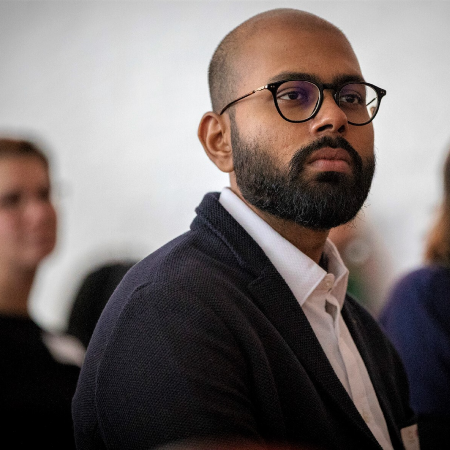Accelerating green investments in developing economies
In the run-up to COP26, some of the best minds involved in climate finance deliberate over the ways to attract private capital towards green investments and overcome regulatory hurdles.

At Uxolo Climate Finance virtual platform, some of the key players in climate finance brought forth their expertise and perspectives on pooling in private capital to bolster green investments, with a particular focus on emerging markets. The panel included Amal-Lee Amin, director climate strategy, CDC Group; Gianpiero Nacci, director, green economy and climate action, European Bank for Reconstruction and Development (EBRD); Nadia Nikolova, lead portfolio manager development finance, Allianz Global Investors; Naeeda Crishna Morgado, infrastructure specialist (innovation and green finance), Southeast Asia department, Asian Development Bank (ADB), Simon Bessant, director, Texel.
With climate negotiations trailing behind its targeted goals, all eyes are on the private sector to play a leading role in driving climate finance, however, regulatory frameworks like the Taxonomy Regulation – one of the pillars of the EU’s sustainable finance and climate change agenda – set out an EU-wide framework for investors and businesses to determine how “sustainable” a particular economic activity is.
“There is a question whether the Taxonomy Regulation itself is too focused on developed markets and whether it would have to be calibrated over time because, even though there is already scarce private capital that is going into these markets, that is being further pulled away,” says Nikolova. “So, regulation has been very positive in seeing a transition of assets towards green assets. But I question and worry that it would negatively impact emerging markets. And we are already seeing it in many countries we operate in. We are trying to make sure that the lights stay on, which means that from a transition perspective, we need to keep some of the carbon assets in there, mostly gas continuing as baseload energy. It is difficult when you are trying to transition to Net Zero in 2030 or 2050 that you're willing to take any of those assets onto your balance sheet, and that sometimes expands all the way to companies and not just for individual projects. So, I think they would need to be a little bit more calibration.”
In order to scale up green investments, Amin believes that government action is essential in addition to business solutions. “I sometimes think it's a bit similar to how we were talking about renewable energy maybe 20 years ago. And I think there was a perception that it was a government agenda. The private sector wasn't really going to do much because governments needed to act and they did. And now, of course, we see renewables as primarily private sector investment in most markets. So I think that's where we are with adaptation resilience, and we really do need to ensure that governments get the right support to be able to create the policy incentives, whether that's putting in more resilient buildings, for example, integrating into procurement, whether it's through PPP frameworks, public procurement is essential for infrastructure in particular and then looking at how to shape what is very early stage markets for these businesses that are going to be needed over time. And it's a whole range of different policy and regulatory actions that are needed.”
Coming in from a public financing perspective, Morgado observes that in Asia and the Pacific region, discussion around infrastructure is largely a government stronghold. “I mean, over 90 percent of the infrastructure in the region that I work in is financed by the public sector in one form or the other. And there's a major investment gap and the estimates show that 60 percent of the investment gap has to be backed by the private sector, but we are nowhere there. So the real question is, how do you work on government-driven enabling environments to try and push the needle towards more private financing for green assets? You need aligned coherent policy environments if you want to push for more investment into low carbon assets versus more carbon-intensive alternatives, the incentive structures need to be correct.”
To watch the entire conversation, sign-up at Uxolo Climate Finance virtual platform: https://climatefinance.uxolo.com/





